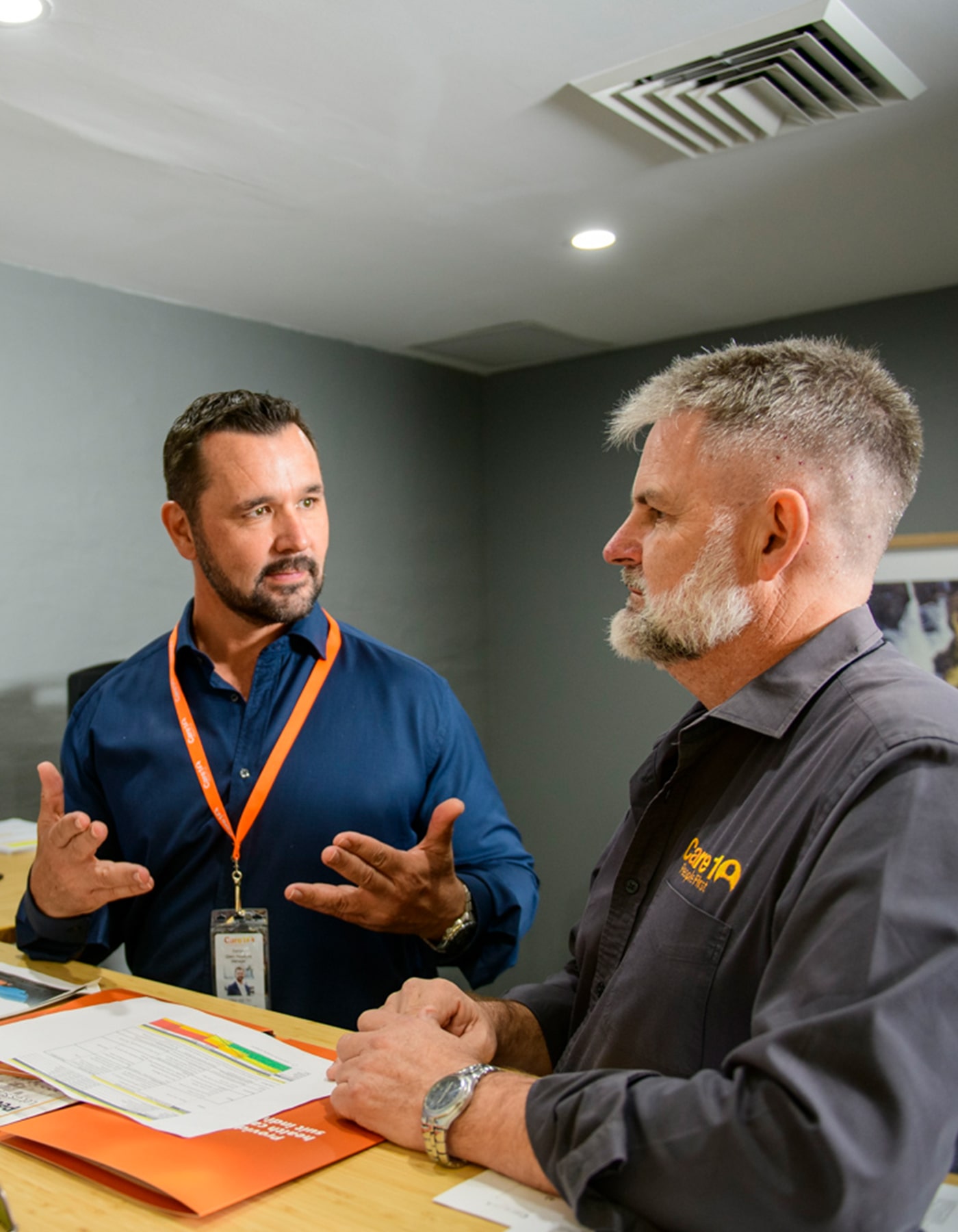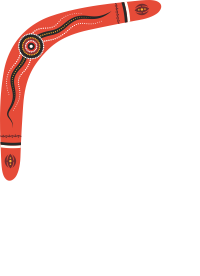Who is most at risk of a spinal cord injury?
A spinal cord injury can happen to anyone at any time and the impact reaches far beyond not being able to walk. As well as lack of movement, it means a loss of control, mental and physical wellbeing, independence and freedom.
It is estimated there are around 20,000 people who live with a spinal cord injury in Australia. The age group most at risk is 15-24 year olds, and predominantly men (80%).
Knowing what to expect with spinal cord injuries can help you manage challenges along the way, successfully advocate for your loved one and the care they need, while also preventing caregiving responsibilities from becoming a source of chronic distress.




